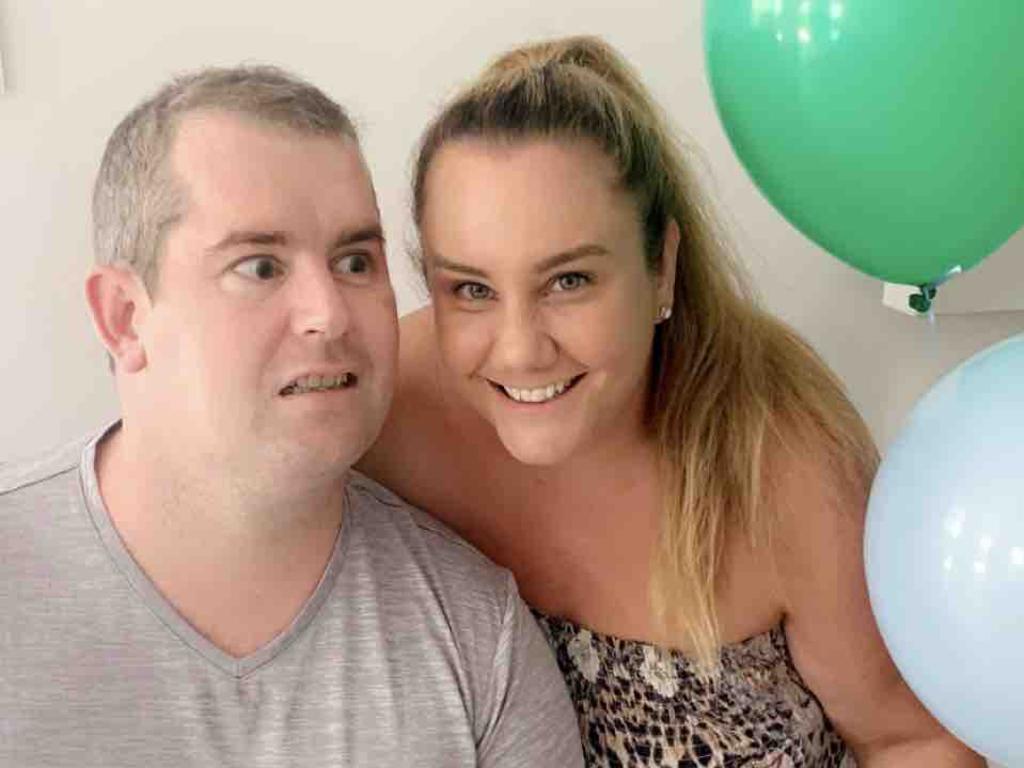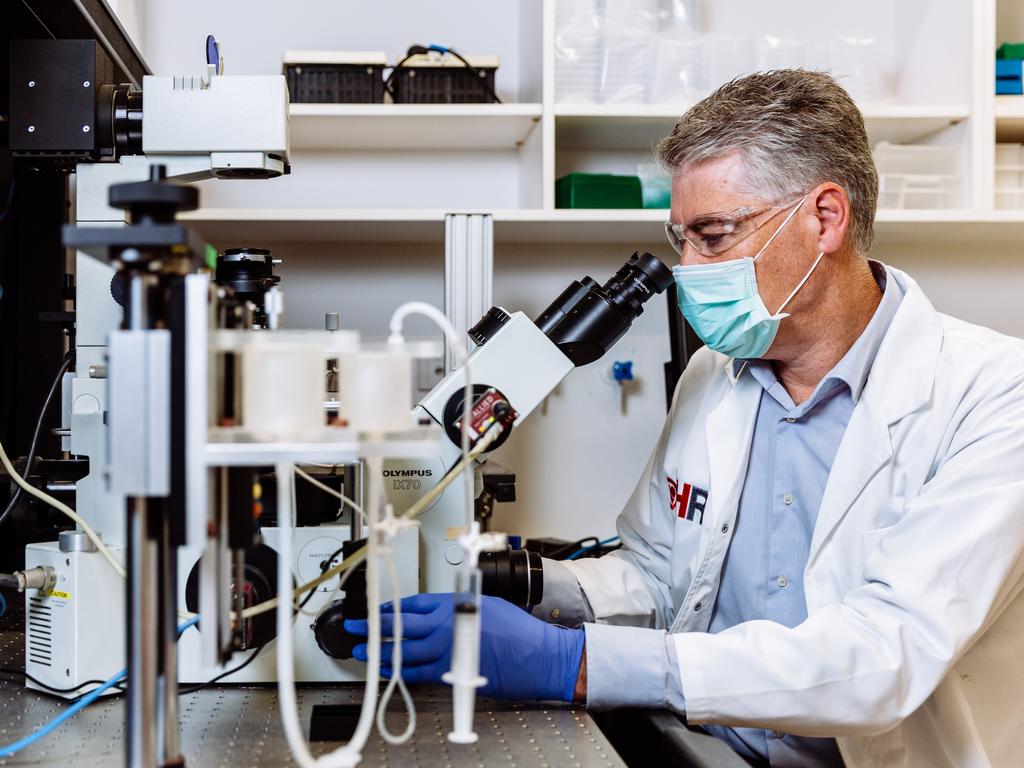Surf therapy is a method of health intervention that combines
surfing and surf instructing alongside structured group or individual
activities that promote psychological, physical, and psychosocial
well-being.
Over the past ten years, this type of therapy has become an
established form of therapeutic support for mental and physical health
worldwide.
In the United Kingdom, it is recognized by the National Health
Service (NHS) as an effective form of therapy for children and young
people at risk of mental illness.
Surf therapy has also been used to support veterans in the United
States, stroke victims in the Netherlands, deprived communities in South
Africa, and adults with psychological conditions in Australia and South
America.
In 2021, it's safe to say that surf therapy has become a truly global movement.

Mounting Research Shows Evidence-Based Health Benefits
While it's easy to find people who are able to talk about the
transformational impact surf therapy has had on their lives, these
positive effects are increasingly backed up by research.
Several studies now show the beneficial, tangible impact of surf therapy on mental and emotional health.
For example, independent research commissioned by The Wave Project -
the surf therapy charity I founded for children and young people based
in the UK - revealed a statistically significant change to the
well-being of participants after our intervention.
A peer-review by the journal Community Practitioner, published in
January 2015, found that The Wave Project intervention resulted in a
significant and sustained increase in health and happiness levels and
behavior change.
Seventy-nine percent of parents reported a more positive attitude,
and sixty-two percent revealed better communication skills in their
children.
Fifty-six percent thought they showed a healthier lifestyle after
participation, and 46 percent knew of progress in education since the
course.
The conclusions from this analysis were clear.
When delivered in a supportive environment, with opportunities for
continuation and volunteering, surfing provides profound and long-term
benefits to the well-being of children facing social and emotional
isolation.

Surfing Against Post-Conflict Mental Health Disorders
There is interesting evidence to show the profound impact of surf therapy on young people in post-conflict settings.
Young people in post-conflict and post-epidemic contexts such as
Sierra Leone face many mental health challenges as part of their daily
lives.
A recent study involving surf therapy pilots run by five
youth-focused and community development organizations around Freetown
found that participation in the organization's intervention generated
large positive effects on mental health.
A separate study alongside Waves for Change in neighboring Liberia
suggests that such positive effects are down to safe spaces, positive
social connections, and respite from negative emotions inherent within
surf therapy delivery.
These elements were identified as often lacking in participants' wider lives within a challenging post-conflict environment.
Increasingly, surf therapy interventions are used to provide support
to those operating in "blue light" services - namely, the police, fire
services, and emergency responders.
In 2017, two police sergeants, Sam Davies and James Mallows set up
Surfwell, a health promotion project that uses a recreational surfing
adventure experience to promote workplace mental health within the
police force, after an officer they supervised was left traumatized by
an attack.
The program is specifically designed to address the escalating mental
health crisis in the UK emergency services linked to workplace stress.
A 2016 online poll conducted by the charity MIND found that one in
four emergency service workers in the UK had contemplated suicide, and
two-thirds had considered leaving their job.
In many instances, traditional clinical interventions had failed to
help, showing a clear need for other forms of support for police
officers and other emergency services workers.

Surf Therapy for Neurological Disorders
There is also increasing interest in the beneficial impact of surf
therapy interventions on those who have experienced strokes and other
neurological disorders.
In The Netherlands, surf therapist Tijs van Bezeij founded the
surftherapie.nl foundation after an experience working with a
20-year-old boy who had been hospitalized for rehabilitation after a
major stroke.
The center is predicated on the understanding that challenging
therapy in a rigorous, high-intensity environment generates the best
results for stroke rehabilitation.
A pilot study by the foundation shows that five days of intensive
surfing during the chronic phase of stroke or trauma has an impressive,
positive effect on functional outcomes, participation levels, and mental
well-being.
The study represents the participants' experience, demonstrates the
continued recovery of the brain and the acceleration of recovery through
challenging activities such as surfing.
What Next for Surf Therapy?
Increasingly, independent research is confirming what many of us
engaged in surf therapy witness all the time: surf therapy works.
As a surf therapist, the challenge now is to build on this research surf therapy reaches more people who really need it.
At the 2021 International Surf Therapy Organization conference, surf
therapy practitioners - including speakers from the organizations
mentioned above - will join academics and campaigners in the UK's
surfing hotspot Cornwall to discuss what lies ahead for surf therapy as a
mental health intervention.
Hosted by The Wave Project, the theme of the very first International
Surf Therapy Organization conference to be held in Europe is "Building
Trust."
For many people who participate in surf therapy, this is a crucial element of their recovery.
The conference aims to bring together leading surf therapy
organization heads to build on best practices, learn from one another
and discuss how to broaden accessibility and improve our services.
For tickets to the 2021 International Surf Therapy Organization
Conference on October 6-8, please visit The Wave Project website at
www.waveproject.co.uk.
Words by Joe Taylor | CEO and Founder of The Wave Project









 Umar Muhammad Bello
Umar Muhammad Bello Chetwyn C. H. Chan
Chetwyn C. H. Chan Stanley John Winser
Stanley John Winser